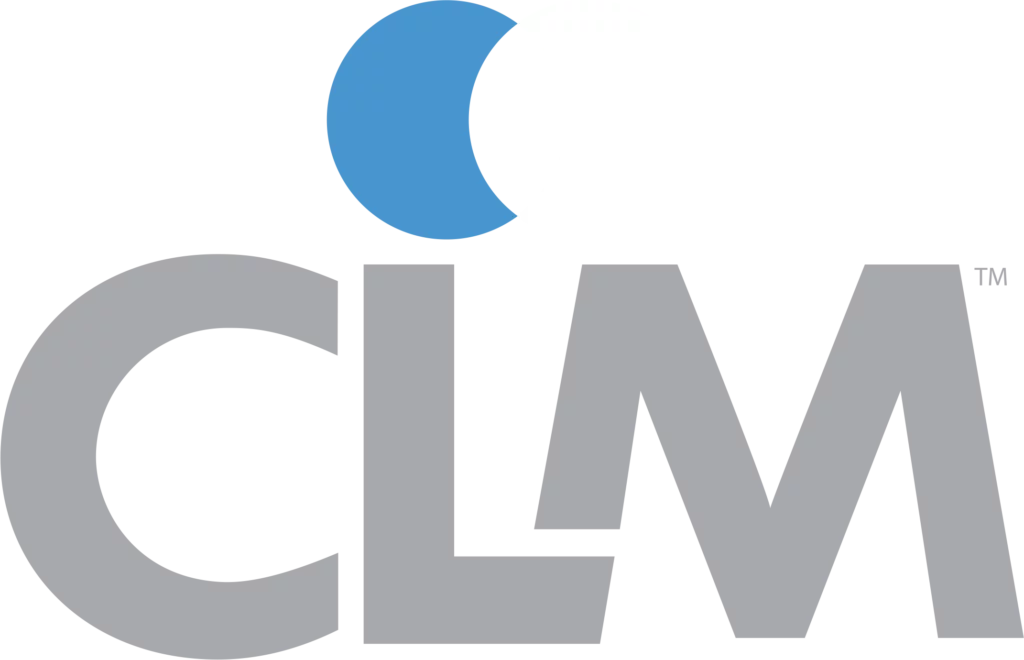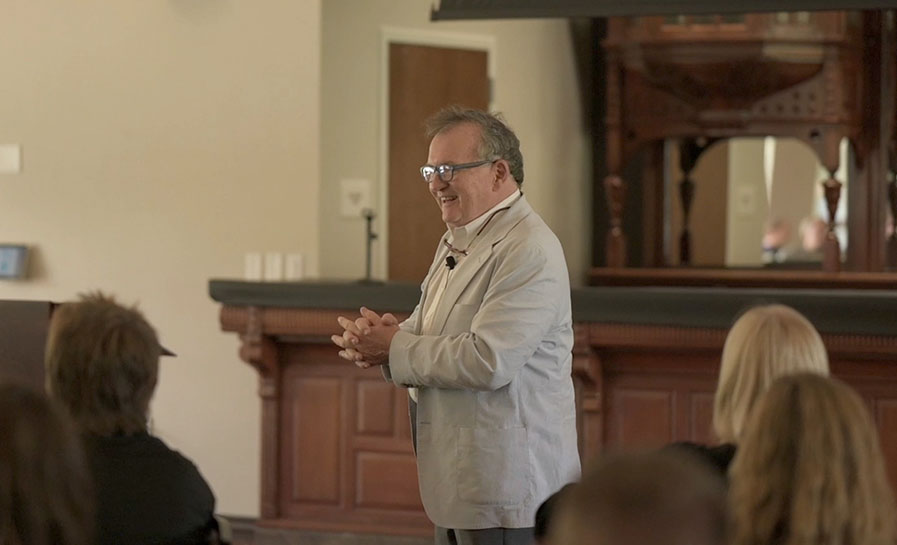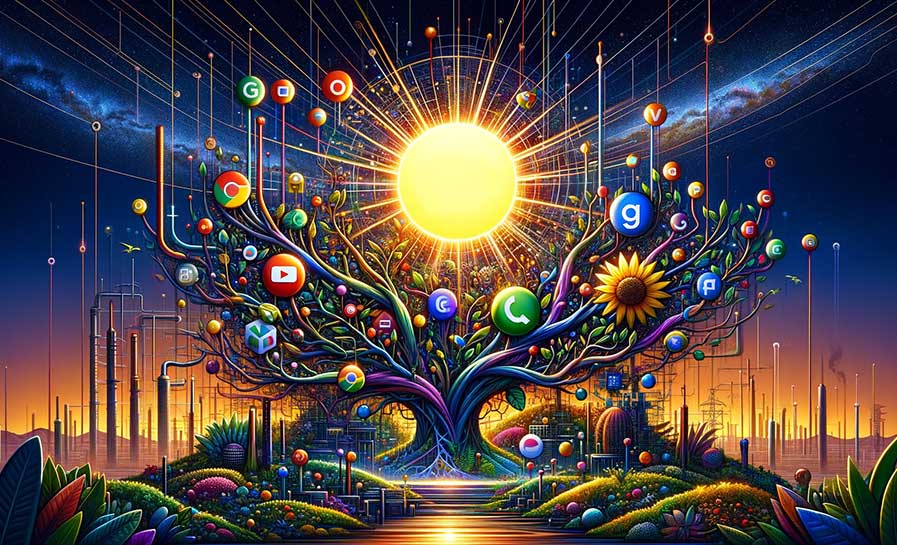On June 14th, Dr. John Sviokla delivered a thought-provoking presentation titled “The Laws of Innovation: Surfing the 4th Wave” as part of CLM’s Flint & Steel series. As a leading authority in AI, digital technology, and business transformation, Dr. Sviokla discussed the future of AI and its potential impact on various aspects of our lives. Dr. Sviokla received his Doctorate of Business Administration from Harvard in 1986, and he was among the first to publish articles dealing with thought leadership on the application of AI in business, so his ethos for the subject is well established.
Contrary to popular concerns about machines replacing human labor, Dr. Sviokla emphasized that AI should be viewed as a tool to enhance knowledge work. Just as physical tools aid us in physical tasks, AI can assist us in abstract tasks involving words, images, numbers, and sounds. Like a construction worker upgrading from a hand saw to a circular saw, we can utilize AI to augment our existing work, making it easier and more accessible, leading to increased productivity.
Over the last few decades, we have witnessed three major digital waves of innovation that revolutionized how we work, live, play, learn, and conduct business. Personal computers transformed sales processes, productivity, and knowledge work in the 1980s. The Internet revolutionized information and physical distribution channels, extended enterprise reach, and gave rise to the Internet of Things. The proliferation of smartphones introduced new customer experiences and enhanced sales and service processes.
With the advent of Generative AI, we find ourselves in the fourth wave of digital innovation. Generative AI is a type of artificial intelligence that can create new things based on what it has learned from existing examples and prompts. The more Generative AI is utilized, the more it learns, resulting in increasingly realistic outputs. It’s akin to having a creative assistant that generates images, writes stories, or composes music, continuously improving with each iteration.
At a deeper level, Generative AI combines machine learning, deep learning, and natural language processing to assist in the creation of words, images, numbers, and sounds. These powerful tools require careful usage, and Dr. Sviokla stressed the need for increased policing and enforcement of intellectual property rights. Establishing proper safeguards ensures that this new era benefits all of society and not just a select few. Additionally, Generative AI will contribute to the creation of new jobs that rely on human ingenuity and collaboration, fostering innovation and benefiting society as a whole.
When harnessed effectively, Generative AI can have a profound impact across various domains. It can aid in revenue generation, cost optimization, marketing, creativity, HR, technology development, profitability, communication, proposal creation, software development and testing, recruiting, market research, website creation, and summarization, among others.
Generative AI is in its infancy. Dr. Sviokla made it clear that it represents the fourth wave of innovation. Although there will be a learning curve associated with adopting and utilizing Generative AI effectively, it is crucial to embrace and learn this technological advancement now to fully leverage its benefits.

In conclusion, the fourth wave of innovation, driven by Generative AI, presents unprecedented opportunities for organizations to enhance productivity, create new jobs, and drive positive change. By responsibly embracing this wave, organizations can unlock the transformative power of AI for the betterment of society.
Harvard Business Review’s July/August 2023 issue includes an article titled “How Generative AI Can Augment Human Creativity.” The most profound quote from this article, and the quote that CLM believes best sums up Dr. Sviokla’s talk was this:
“Humans have boundless creativity. However, the challenge of communicating their concepts in written and visual form restricts the vast number of people from contributing new ideas. […] Generative AI’s greatest potential is not replacing humans; it is to assist humans in their individual and collective efforts to create hitherto unimaginable solutions.”
*Full disclosure: In the spirit of the lecture, we at CLM decided to utilize ChatGPT to help us write this article. We utilized it to help organize thoughts, notes, and ramblings into a coherent document. Consensus: very nice.





